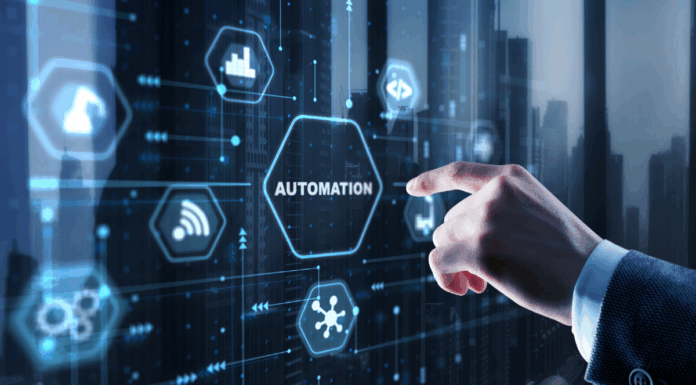Only 4% of CSPs report having reached Level 4 autonomy today, and just 23% expect to get there by 2026
Over the past few years, many CSPs have echoed a familiar line: “We’ll reach Level 4 autonomy by 2025.”
Well, here we are in 2025, and there’s still some confusion around this well-meaning statement and where we are in this process.
What does Level 4 mean? Are we talking about full autonomy across every domain, every process and every environment?
Because if the latter is the goal, it’s worth pausing to ask whether it’s achievable or even necessary.
Let’s get more precise
The latest TM Forum regional benchmark report brings clarity to the discussion, and the long story short is that CSPs are not as advanced as they once hypothesized they’d be.
Only 4% of CSPs report having reached Level 4 autonomy today, and just 23% expect to get there by 2026. Most CSPs now say they’re aiming for Level 4 autonomy by 2030. To that point, many CSPs now targeting specific “high-value scenarios” rather than sweeping, end-to-end automation.
This reflects a growing industry understanding that different parts of the network warrant different levels of autonomy. The value isn’t in chasing Level 4 for automation’s sake; it’s in applying the right level of intelligence, control, and automation to each domain.
Think domain specific strategy
Take fault management, which was the No. 1 automation priority for CSPs across every region. It’s easy to see why: Domains like mobile radio access networks (RANs) are complex and expensive to maintain. Automating fault detection and resolution here brings clear operational benefits.
But some areas may always benefit from human oversight.
Security, for instance, is a good example. Autonomous capabilities in security can be powerful, but judgment, context and governance still matter, especially when potential threats risk exposing customer data or breaching regulations with corresponding financial penalties.
Likewise, cloud-native techniques such as GitOps promise to automate the configuration, deployment and management of 5G core network functions. But these processes may also have cost implications, for example if additional cloud infrastructure resources are required. Consequently, a manual “manager approves” step is required.
So, increased automation doesn’t remove people entirely; it means people are freed up to make smarter decisions, faster.
In certain domains, Level 2 or 3 could be good enough
Right now, most CSPs are between Level 2 and 3. According to TM Forum’s report, specifically 31% are at Level 2, 17% at Level 3 and only 4% at Level 4.
In many cases, Level 2 or 3 autonomy, especially in domains like IP or optical transport backbones, service delivery or planning, delivers a strong return on investment without the complexity or cost of pushing all the way to Level 4.
According to the report, 62% of CSPs globally prioritize mobile RAN for automation, followed closely by mobile core (60%).
The focus is practical and one that shouldn’t come as a surprise: CSPs automate the high-effort, high-value areas first. That’s how transformation builds momentum.
Redefining what “success” looks like
Rather than aiming for a blanket Level 4 across the board, many CSPs are now taking a more strategic approach.
First and foremost, CSPs are focused on applying autonomy where it delivers value, not just where it’s technically possible. This limits unnecessary spending to automate “just because,” and instead makes CSPs think critically about the areas, and the employees, that could benefit the most from automation.
Imagine how efficient key employees could be if routine, mundane tasks were autonomously handled so they could focus on bigger, more pressing issues; this is where you can clearly see return on investment (ROI).
Beyond immediate value, CSPs are tailoring levels by domain. For assurance, Level 4 may be the ideal level of automation, while Level 3 could suffice for services like energy optimization.
And finally, CSPs should continue to prioritize measurable outcomes. Operational and maintenance (O&M) cost reductions are rated very important by 85% of CSPs for a reason. At the end of the day, these cost reductions may be more impactful than the difference between a Level 3 or Level 4 maturity level, so while you could take the next leap, CSPs should also consider the other changes that they could also make with that investment and time.
Focus on progress, not perfection
Network automation progress doesn’t have to be linear or absolute. Whether your roadmap is gradual or bold, what matters is progress that aligns with your business goals.
Impactful adoption looks different for everyone. If Level 4 in one area delivers strategic value, aim for it. But if Level 2 in another domain solves your biggest pain point, that’s success too.
Autonomy is a journey, not a certification; you do not have to reach 100% to pass the course. The key is understanding where automation can make the biggest impact for your network, whether that be faster troubleshooting, better customer experience or reduced manual work, then charting a realistic path to get there.

